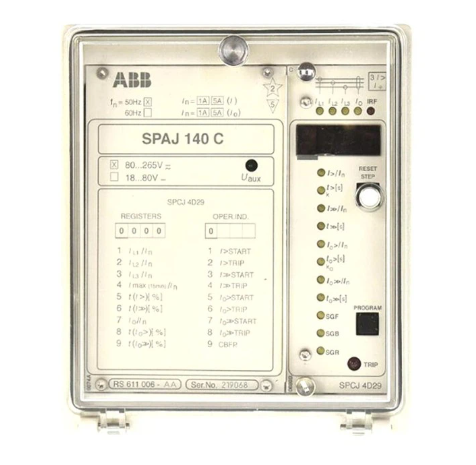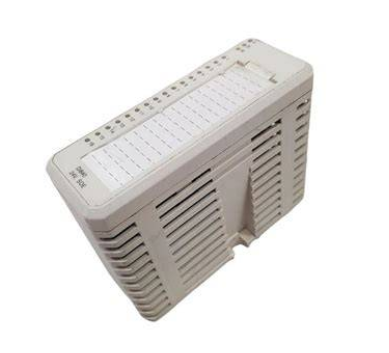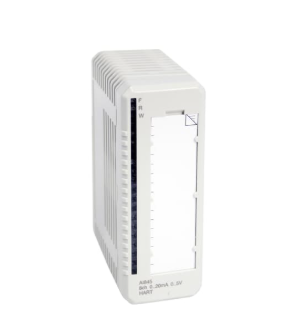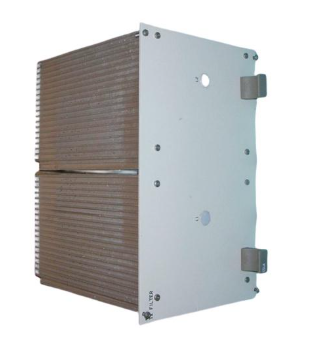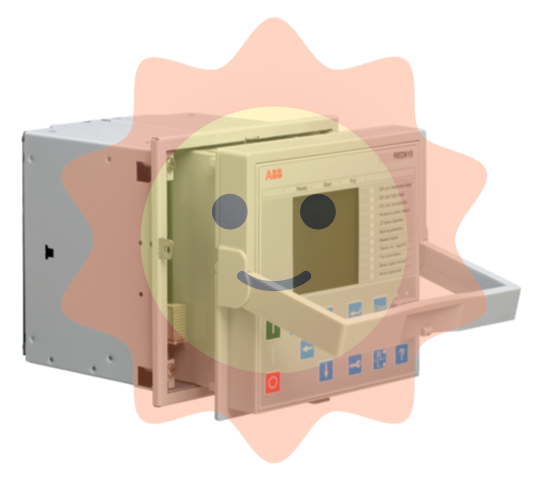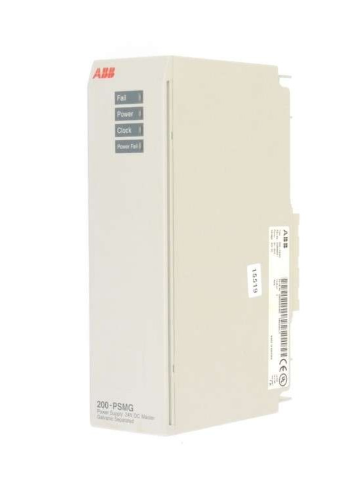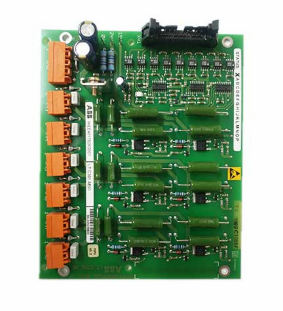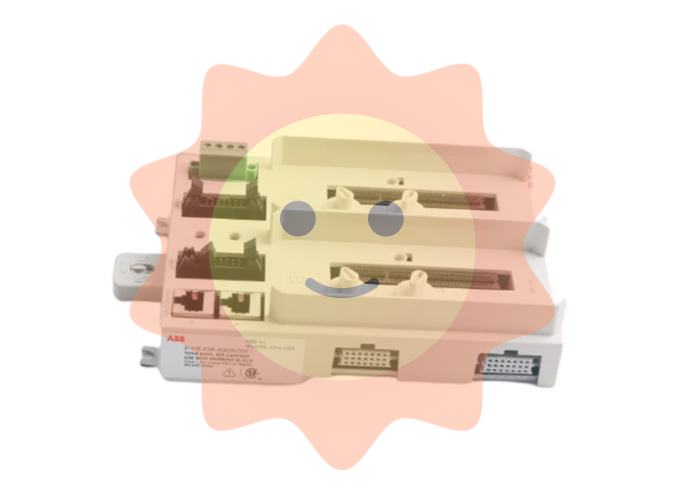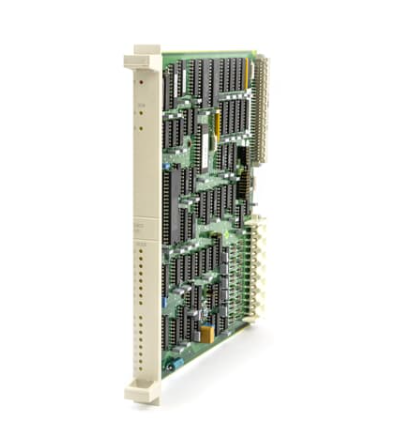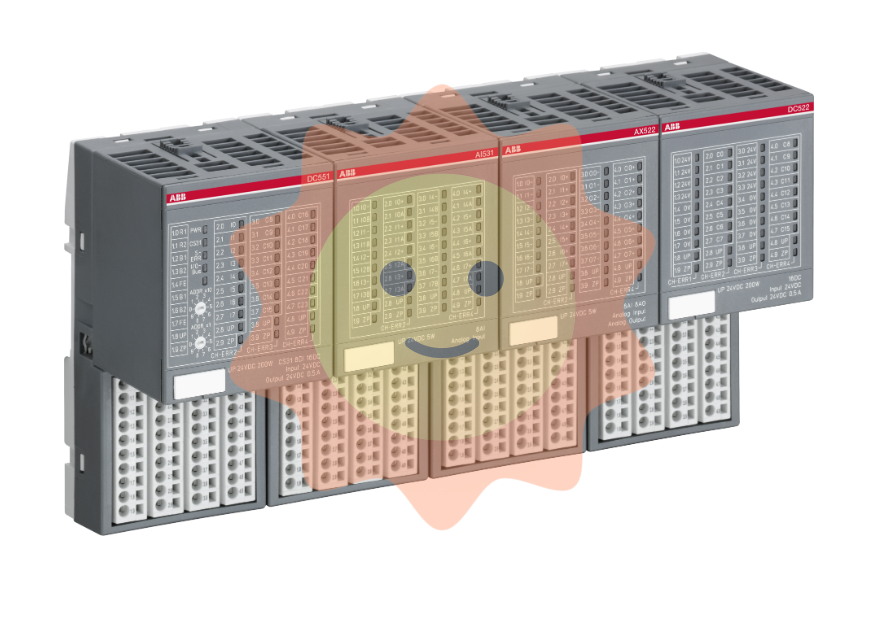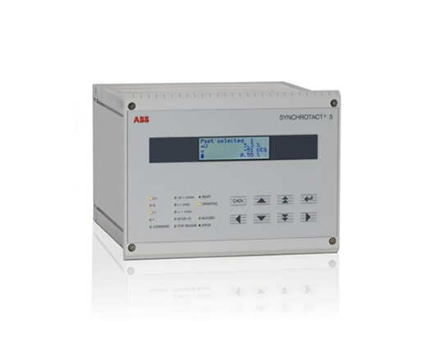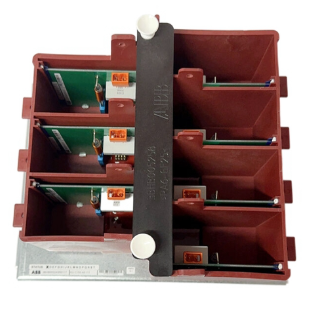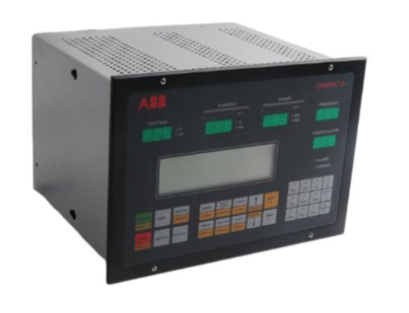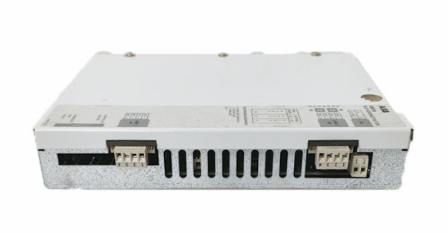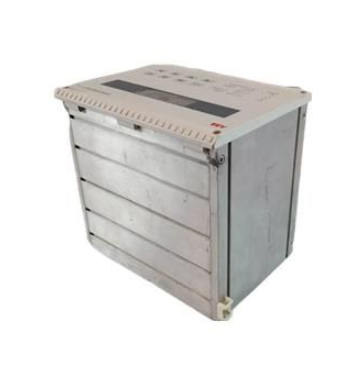Mine fire is a serious hazard, so the prevention and control measures are very important
Where the fire occurs in the coal mine, and the fire near the wellhead that endangers the safety of the mine, it is called the mine fire.
Once a mine fire occurs, it will not only burn a large number of equipment and coal resources, bring losses to production, but also produce a large number of toxic gases, permeating the underground, causing a large number of miners to die of poisoning. In the mine with gas and coal dust explosion danger, it may also cause gas and coal dust explosion accident, and its harm is more serious. The prevention and control of mine fire is very important.
First, the hazards of mine fire
The hazards of mine fire to coal mine production and workers safety mainly include the following aspects.
(1) The underground space is narrow, the connection relationship between mine ventilation and roadway is complex, and the air supply is limited. In case of fire, personnel will be limited by the underground environmental conditions.
(2) There are a large number of flammable materials everywhere in the coal mine, and the fire is easy to develop and spread. When the high temperature fire smoke is mixed with fresh air flow on the road flowing through the roadway, a new fire source will be formed in the wind mixing place.
(3) Produce a large number of high temperature flames and harmful gases, causing casualties. Fire can produce a large number of toxic and harmful gases, such as CO, CO2, etc., these gases with the high temperature fire smoke into the underground workplaces, causing personnel poisoning and suffocation.
(4) Cause gas, coal dust explosion. Mine fire not only provides the heat source of gas and coal dust explosion, but also releases H2 and other hydrocarbons and other explosive gases from underground combustible materials (coal, wood, etc.) due to the distillation of fire. Therefore, the fire will cause gas, coal dust explosion, further expand the disaster and casualties.

(5) Fire destroys equipment and coal resources. Underground fire, due to improper fire extinguishing measures or delay time, often miss the opportunity to extinguish the fire, so that the fire will burn a lot of equipment, equipment and coal resources. Sometimes the closed fire area will also lead to the loss of some equipment that is closed in the fire area for a long time, resulting in a large number of sluggish coal resources, affecting the normal production of the mine.
(6) The fire reversed the underground air flow, resulting in the expansion of the disaster. After the mine fire, the air flowing through the area of high temperature smoke changes and the temperature rises. Fire wind pressure is generated in the shaft and roadway. On the one hand, the fire wind pressure changes the total air volume of the mine, on the other hand, it causes the change in the direction of the ventilation network of the mine, so that the flow of smoke is out of control, resulting in the disturbance of the ventilation system, further expanding the disaster area, so that more underground personnel are poisoned by the fire smoke, and at the same time, it brings great difficulties and dangers to the safe evacuation of the mine. Increased the accident loss and the difficulty of fire fighting and disaster relief.
2. Types and characteristics of mine fire
Mine fire can be divided into two kinds: internal fire and external fire.
External fires are fires caused by external fire sources, such as lights, matches, smoking, furnaces, blasting, mechanical friction, electric welding, current short circuit and other open flame caused by fire. Fires caused by spontaneous combustion of coal are called internal fires, and internal fires account for about 75% of the total number of mine fires.
The characteristics of the external cause of fire are: sudden occurrence, rapid, if not found and controlled in time, often lead to major accidents. In the total number of mine fires, the proportion of external fires is small (4%-10%), but it cannot be ignored. According to statistics, more than 90% of the major malignant fire accidents recorded in China belong to external causes of fire.
Internal cause fire refers to the coal under certain conditions, such as broken coal pillars, coal walls, concentrated floating coal, and a certain amount of air supply, its own physical and chemical changes, oxygen absorption, oxidation, heating, heat accumulation, resulting in fire.
The occurrence of the internal cause of fire is often accompanied by a gestation process, which can be detected at an early stage according to the omen. However, because the fire source is hidden, it often occurs in the goaf or coal pillar that is difficult for people to enter, so it is difficult to find the fire source accurately. As a result, it is difficult to put out, so that fires can last for months, years, or even as long as 10 years. Sometimes the burning spreads gradually, burning large amounts of coal and freezing large amounts of resources. According to statistics in 1985, the cumulative amount of coal frozen due to ignition has been nearly 60 million tons.
According to statistics, in China's unified distribution and key coal mines, the risk of spontaneous combustion of the mine accounted for 46% to 49% of the total number of mines, spontaneous combustion coal seam accounted for 60% of the cumulative number of recoverable coal seams. According to the statistics from 1953 to 1984, the number of internal fires accounted for 94% of the total number of mine fires. Therefore, the internal cause of fire has been paid more attention and become the focus of research.
- EMERSON
- Honeywell
- CTI
- Rolls-Royce
- General Electric
- Woodward
- Yaskawa
- xYCOM
- Motorola
- Siemens
- Rockwell
- ABB
- B&R
- HIMA
- Construction site
- electricity
- Automobile market
- PLC
- DCS
- Motor drivers
- VSD
- Implications
- cement
- CO2
- CEM
- methane
- Artificial intelligence
- Titanic
- Solar energy
- Hydrogen fuel cell
- Hydrogen and fuel cells
- Hydrogen and oxygen fuel cells
- tyre
- Chemical fiber
- dynamo
- corpuscle
- Pulp and paper
- printing
- fossil
- FANUC
- Food and beverage
- Life science
- Sewage treatment
- Personal care
- electricity
- boats
- infrastructure
- Automobile industry
- metallurgy
- Nuclear power generation
- Geothermal power generation
- Water and wastewater
- Infrastructure construction
- Mine hazard
- steel
- papermaking
- Natural gas industry
- Infrastructure construction
- Power and energy
- Rubber and plastic
- Renewable energy
- pharmacy
- mining
- Plastic industry
- Schneider
- Kongsberg
- NI
- Wind energy
- International petroleum
- International new energy network
- gas
- WATLOW
- ProSoft
- SEW
- wind
- ADVANCED
- Reliance
- YOKOGAWA
- TRICONEX
- FOXBORO
- METSO
- MAN
- Advantest
- ADVANCED
- ALSTOM
- Control Wave
- AB
- AMAT
- STUDER
- KONGSBERG
- MOTOROLA
- DANAHER MOTION
- Bently
- Galil
- EATON
- MOLEX
- Triconex
- DEIF
- B&W
- ZYGO
- Aerotech
- DANFOSS
- KOLLMORGEN
- Beijer
- Endress+Hauser
- MOOG
- KB
- Moxa
- Rexroth


Email:wang@kongjiangauto.com





